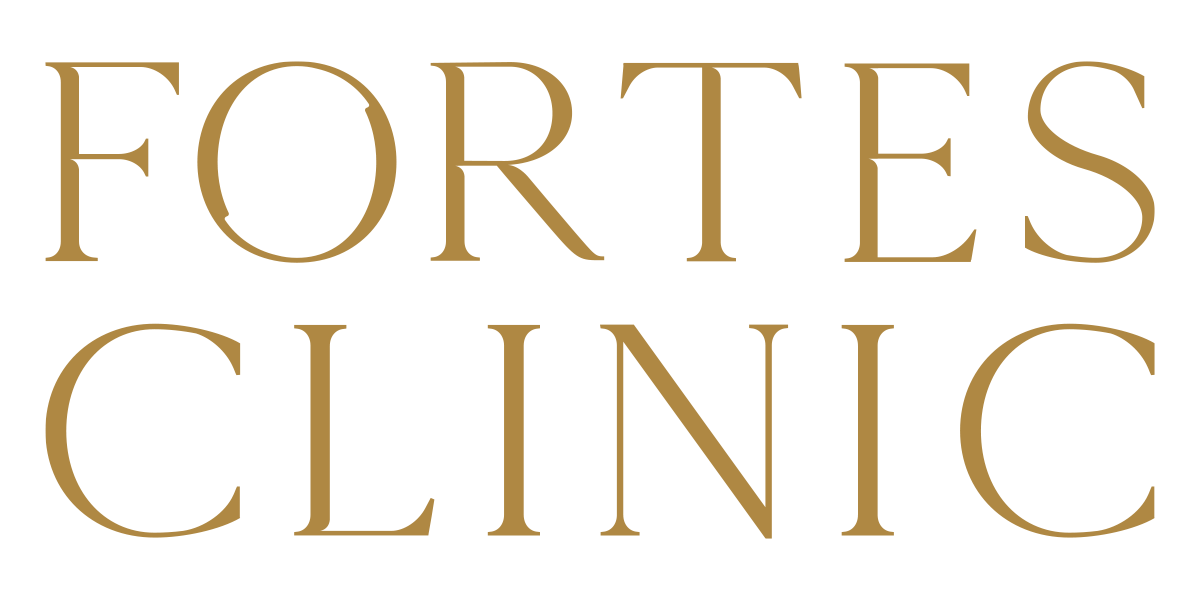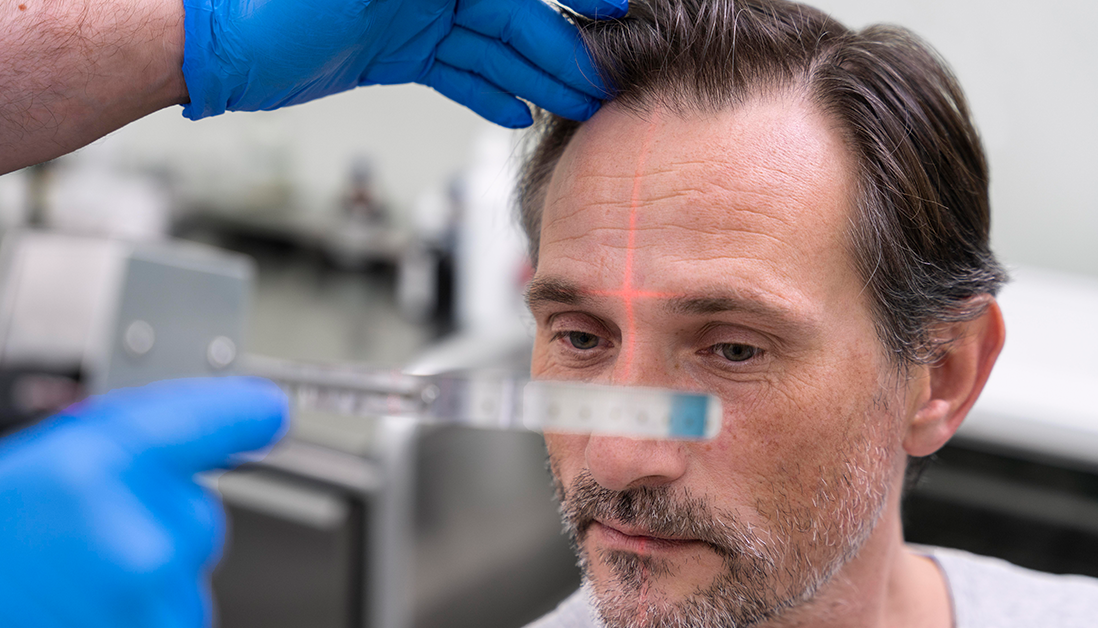Introduction
Male pattern baldness is a common condition that affects many men worldwide. While some men choose to embrace their baldness, others prefer to restore their hair through a hair transplant procedure. If you are considering a hair transplant, you likely have many questions about the procedure, including the different types of hair transplant procedures available, the risks and benefits of the procedure, and what to expect before, during, and after the procedure. In this article, we’ll provide you with everything you need to know about men’s hair transplant, so you can make an informed decision about whether a hair transplant is right for you.
Types of Men’s Hair Transplant
There are three main types of hair transplant procedures: follicular unit extraction (FUE), follicular unit transplantation (FUT), and direct hair implantation (DHI).
Follicular Unit Extraction (FUE)
FUE is a minimally invasive procedure that involves extracting individual hair follicles from the donor area and transplanting them into the recipient area. During the procedure, the surgeon uses a small punch tool to remove individual hair follicles from the donor area. The hair follicles are then transplanted into the recipient area using a special implanting tool.
Advantages of FUE
One of the main advantages of FUE is that it doesn’t leave any visible scarring, making it an ideal option for those who want to wear their hair short. FUE also involves minimal discomfort during the procedure, and the recovery time is faster than other hair transplant procedures.
Disadvantages of FUE
FUE is generally more expensive than other hair transplant procedures, and the graft yield is limited compared to other procedures. The procedure is also more time-consuming, as individual hair follicles must be extracted and transplanted.
Follicular Unit Transplantation (FUT)
FUT involves removing a strip of skin from the donor area and separating it into individual grafts, which are then transplanted into the recipient area. During the procedure, the surgeon removes a strip of skin from the back or side of the scalp, which contains hair follicles. The hair follicles are then separated into individual grafts, which are transplanted into the recipient area.
Advantages of FUT
FUT generally has a higher graft yield compared to FUE, making it a more cost-effective option for those who require a larger number of grafts. The procedure is also less time-consuming than FUE.
Disadvantages of FUT
One of the main disadvantages of FUT is that it leaves a visible linear scar in the donor area. The recovery time for FUT is also longer than other procedures, and the procedure can be more uncomfortable during the extraction process.
Direct Hair Implantation (DHI)
DHI is a relatively new hair transplant technique that involves using a special tool to implant hair follicles directly into the recipient area. During the procedure, the surgeon uses a special implanting tool to insert individual hair follicles directly into the recipient area.
Advantages of DHI
DHI offers more precise implantation compared to other hair transplant procedures, resulting in a more natural-looking hairline. The recovery time for DHI is also faster than other procedures, and there is no need for incisions during the procedure.
Disadvantages of DHI
DHI is generally more expensive than other hair transplant procedures, and the graft yield is limited compared to other procedures. The procedure is also more time-consuming than other procedures, as individual hair follicles must be extracted and implanted.
Understanding the Men’s Hair Transplant Procedure
Consultation and Evaluation
Before the procedure, you’ll have a consultation with the surgeon to discuss your expectations, medical history, and the suitability of the different hair transplant procedures. During this consultation, the surgeon will evaluate your scalp and hair density to determine the best approach for your hair transplant. You’ll also have an opportunity to ask any questions you may have about the procedure, including the risks and benefits, recovery time, and the cost.
Preparation for the Procedure
Before the procedure, you’ll receive instructions on how to prepare for the transplant. This may include any necessary medication and dietary restrictions, as well as instructions on how to wash and prepare your hair. You’ll also need to arrange for transportation to and from the clinic on the day of the procedure.
On the day of the procedure, the surgeon will administer local anaesthesia to the donor and recipient areas. This will help to minimise any discomfort during the procedure.
Procedure
The surgeon will then begin the hair transplant procedure, which involves extracting hair follicles from the donor area and implanting them into the recipient area. The number of grafts required will depend on the size of the recipient area and the desired density.
The procedure can take several hours to complete, depending on the number of grafts required. During the procedure, you’ll be able to watch television or listen to music to help pass the time.
Post-operative Care
After the procedure, you’ll receive instructions on how to care for the transplanted hair and scalp. This may include medications, such as antibiotics and anti-inflammatory drugs, as well as instructions on how to wash and care for your hair. You’ll also need to avoid any strenuous physical activity for several days after the procedure to minimise the risk of bleeding or other complications.
Most patients are able to return to work or school within a few days after the procedure, although some swelling and discomfort may persist for several days. It’s important to follow the post-operative instructions carefully to ensure the best possible results from your hair transplant procedure.
Who is a Good Candidate for Men’s Hair Transplant
Men with male pattern baldness, hairline recession, scar revision, or hair loss due to trauma are good candidates for a hair transplant procedure. However, it’s important to have realistic expectations about the results of the procedure. While hair transplant procedures can restore hair growth, they are not a miracle cure for baldness.
Risks and Complications of Men’s Hair Transplant
While hair transplant procedures are generally safe, there are some risks and complications that you should be aware of. These include bleeding, infection, scarring, and shock loss. It’s important to discuss the risks and benefits of the procedure with your surgeon before making a decision about whether a hair transplant is right for you.
After the Procedure
Recovery Timeline
The recovery time for a hair transplant procedure can vary depending on the type of procedure and the extent of the transplant. Most patients can resume normal activities within a few days, but it may take several months for the hair to fully grow in.
Side Effects and Complications
During the recovery period, some patients may experience side effects such as swelling, discomfort, and itching at the site of the transplant. More serious complications, such as bleeding or infection, are rare but can occur. It’s important to follow the post-operative instructions carefully to minimise the risk of complications and ensure the best possible results from your hair transplant procedure.
Choosing the Right Men’s Hair Transplant Clinic
When choosing a hair transplant clinic, it’s important to consider several factors, including the credentials and experience of the surgeon, the technology and techniques used, and before and after photos of previous patients. You should also consider the cost of the procedure, although it
should not be the sole factor in your decision. It’s important to choose a clinic that has a proven track record of success and that makes you feel comfortable and confident in their abilities.
Cost of Men’s Hair Transplant
The cost of a men’s hair transplant can vary depending on several factors, including the type of procedure, the number of grafts required, and the location of the clinic. In general, FUE is the most expensive procedure, followed by DHI and FUT. The average cost of a hair transplant in the UK is around £4,000 to £8,000, although this can vary widely depending on the above factors.
It’s important to consider the cost of the procedure carefully before making a decision, as the cost can be a significant investment. However, it’s also important to consider the long-term benefits of the procedure, including increased self-confidence and improved quality of life.
Conclusion
A men’s hair transplant procedure can be an effective way to restore hair growth and improve your self-confidence. However, it’s important to understand the different types of procedures available, the risks and benefits of the procedure, and what to expect before, during, and after the procedure. By carefully considering these factors and choosing a reputable clinic, you can achieve the best possible results from your hair transplant procedure.



